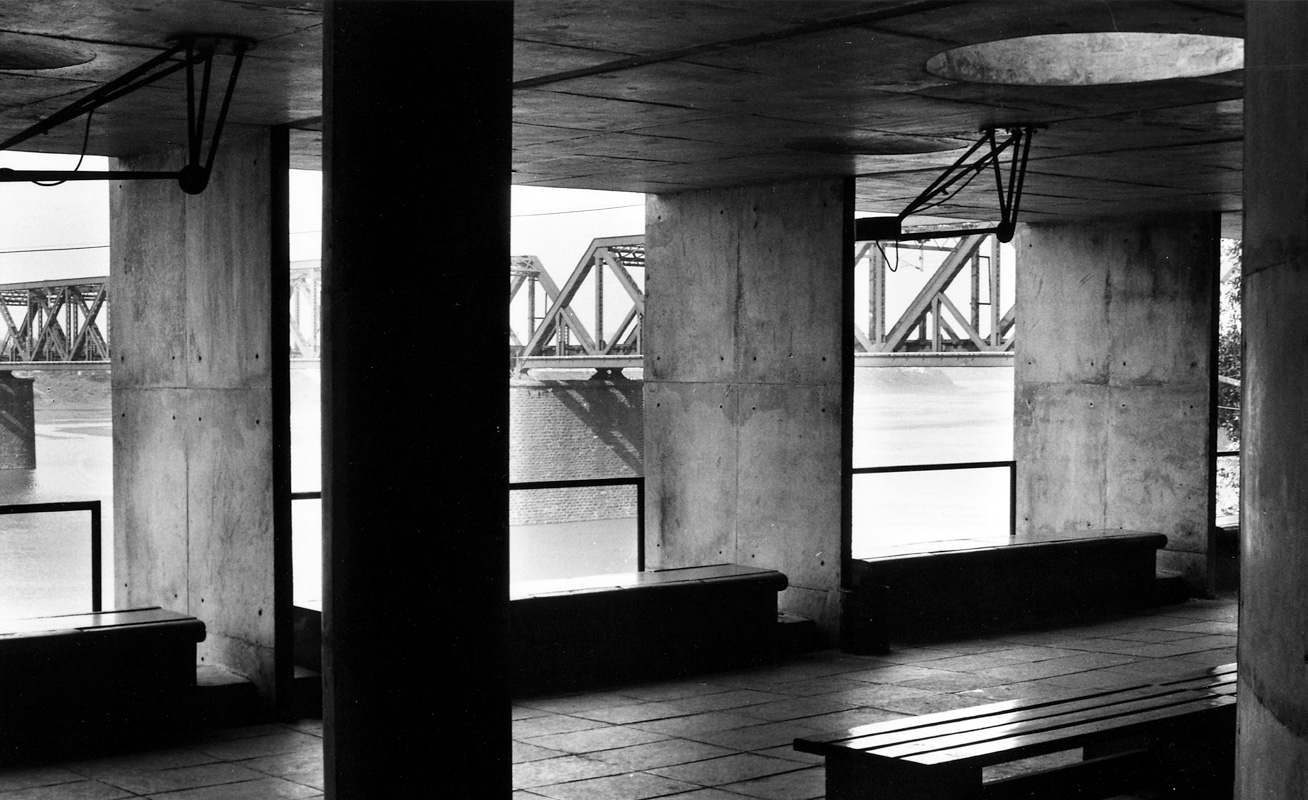Inalienable (01) – October, 2015
I was in Old Delhi today, on errands, visit to the angadia, buy coke to cut for my charcol, sit with the newapaper-cutting service who can beat Google news anytime as usual.
Now that the government has re-started the UNESCO-tag drama, larrons of conservationists and gentrifiers were out in force: fortified behind their cameras, and lensed behind thoughts of, I guess, history, heritage and nice edible things. And it occurred that I might be looking at the last years of a great city, if they have their way, things they hold dear will be defined, brought into sharp relief, and things they do not recognise or have no words to describe may be removed. For sure, I am concerned about architectural dispositions that have come about in the past century or so – perhaps since 1858 – that tend to transcend architectural types and history but make for productions that may, yet, result in architectures we have haven’t seen.
Kurula Varkey in his last years was sometimes obsessed with the human posture, types of work, and how space is reproduced in the ‘inner city’ as he liked to call it, ‘inner’ was not a sentimental word for him the way it is for conservationists. I think, by ‘inner’ he meant some new types of workings he was starting to notice, and in 1999, I saw him do this charette and they drew a city from scratch — but it looked almost exactly like a measured drawing of an ‘informal settlement’, almost, because you would notice premediated architectures and all the thinking that went into the tecnics – you would lead your hand and pencil, and the resistence of lead on paper – and a trained hand will ‘think’ for the architect.
His students (rather, a lot of people who were at CEPT and took his history and design lectures) have produced buildings that seem to inherit this tendency: they hold historic abstractions, and international reference models, but at the same time the trained hand produces something that is right here, and new as it is right here. I am looking for such ‘inalienable’ buildings like this one by Gurjit Singh Matharoo, or buildings that lose a significant aspect or meaning if removed from the site.

… … …
… … …
… … …
… … …
(infra)-structured Delhi, around 2004 - the city enroute to Alphaville, via Liberalization (1992) JNNURM (2004) and CWG (2004-2010) programmes, the city is currently experiencing a mission-oriented ‘smart cities’ (2015- cont’d) state.

